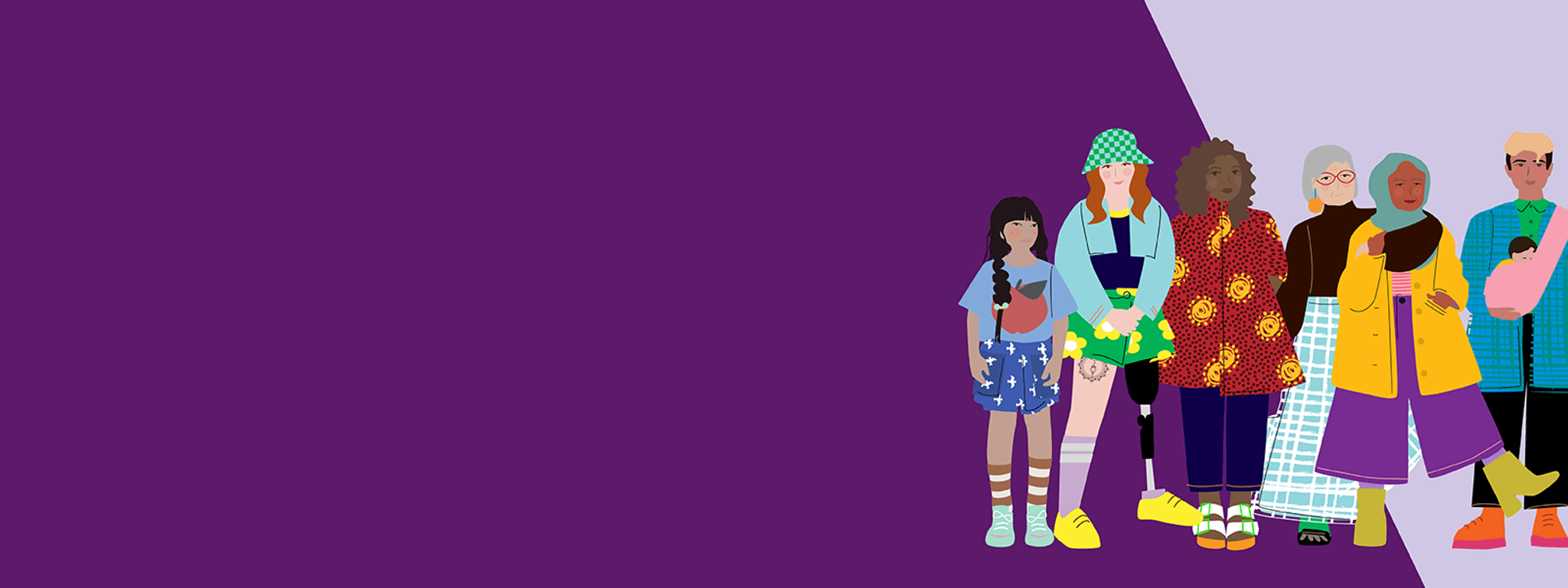Victoria’s Inquiry into economic equity for Victorian women found that that women are over-represented in the care and community sector, driven by gender norms around the kinds of work women and men should perform.
Pay in the care and community sector is low and is not equal with the value it creates socially and economically. Low pay in this sector is also driven by the assumption that caring is innate rather than a learnt skill. The care and community sectors have high rates of insecure, casual and part-time work.
Key statistics
- There are many women from multicultural and multifaith backgrounds in insecure and low-paid work. They make up a significant amount of Australia’s direct care workforce, including nurses, allied health workers, and personal and community care workers. [1]
- 77.7% of trans and gender diverse Victorians have faced unfair treatment at work based on their gender identity. [2]
In contrast, men are over-represented in industries with better job security and pay. These include construction, transport and mining. Structural barriers – including gender bias and discrimination, sexism and sexual harassment, and inflexible work arrangements that don’t accommodate care responsibilities – discourage women from training and working in these sectors. Lack of access to paid parental leave makes this worse.
Discrimination on the basis of sex and gender identity, as well as race, age, disability, religion and sexual orientation all intersect to limit equality in the workforce. This affects a person’s financial security, health and wellbeing. Women with a disability also face major barriers due to bias, discrimination, a lack of accessible workplaces and access to reasonable adjustments.
Through Our equal state, we will:
- identify and reduce structural barriers to the labour market
- reduce gender segregation and harmful work practices that affect Victorians of all genders
- get more women into safe and meaningful jobs in the construction, transport, energy and manufacturing industries
- get more men into our care industries
- support all groups of women falling through the cracks of our systems by investing directly in economic security programs that help women locked out of work
- explore ways to improve public sector gender equality through public sector industrial relations negotiations.
References
[1] C Eastman, S Charlesworth and E Hill, Markets, migration and the work of care. Fact sheet 1: migrant workers in frontline care, 2018, accessed 12 April 2023. https://www.arts.unsw.edu.au/sites/default/files/documents/Migrant%20Workers%20in%20Frontline%20Care.pdf; Gender Equity Victoria, Left behind: migrant and refugee women’s experience of COVID-19, 2021, accessed 12 April 2023. https://www.genvic.org.au/focus-areas/genderequalhealth/left-behind-migrant-and-refugee-womens-experiences-of-covid-19/
[2] AO Hill, A Bourne, R McNair, M Carman and A Lyons, Private Lives 3. The health and wellbeing of LGBTQ people in Victoria: Victoria summary report, 2021, accessed 3 May 2023. https://www.latrobe.edu.au/__data/assets/pdf_file/0005/1229468/Private-Lives-3-The-health-and-wellbeing-of-LGBTQ-people-in-Victoria.pdf
Updated

